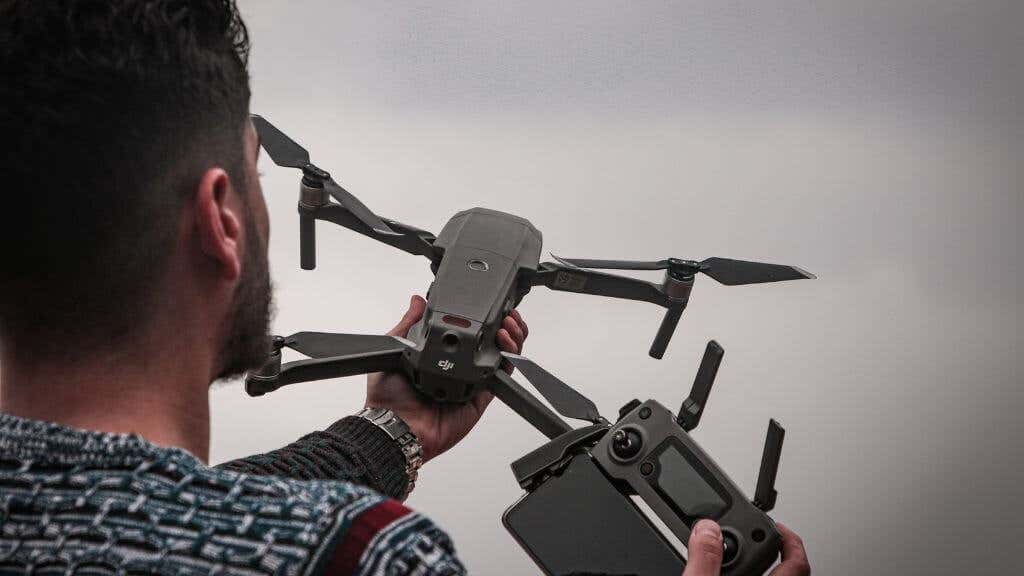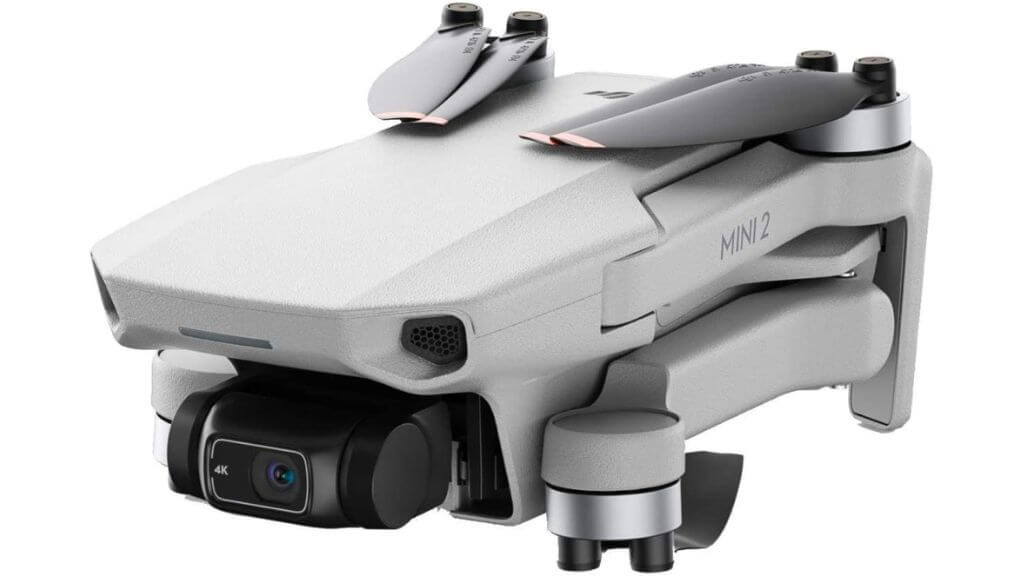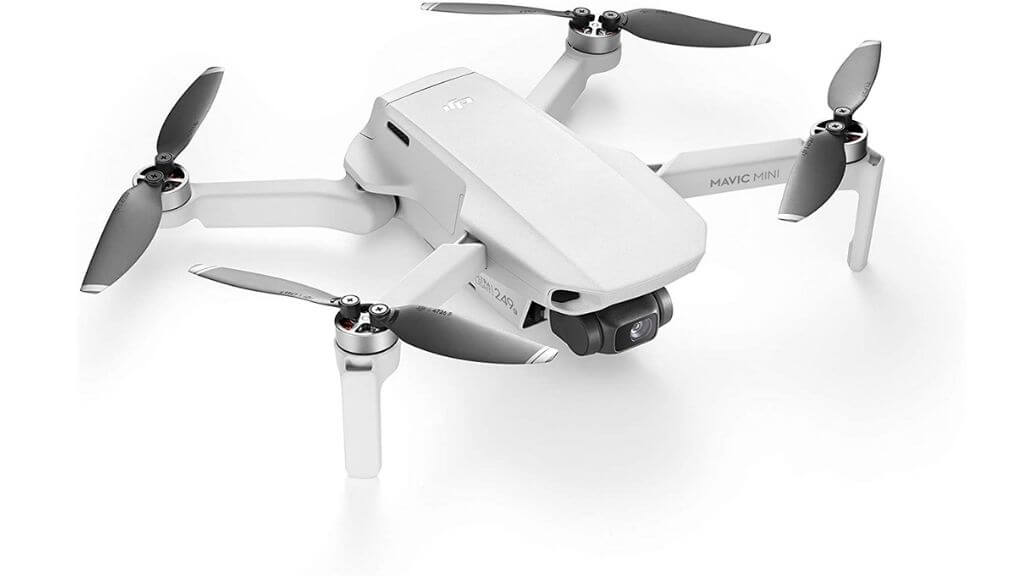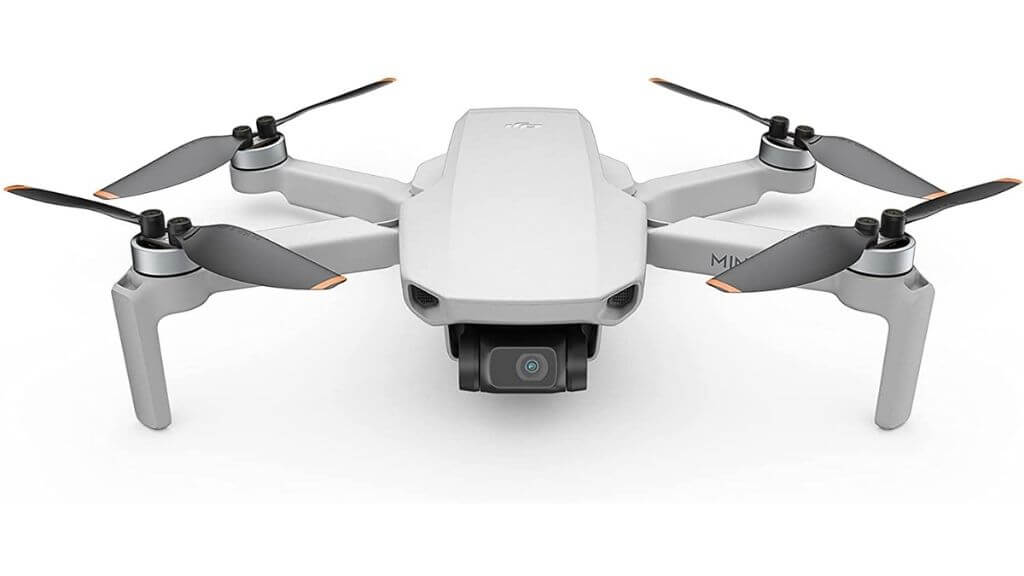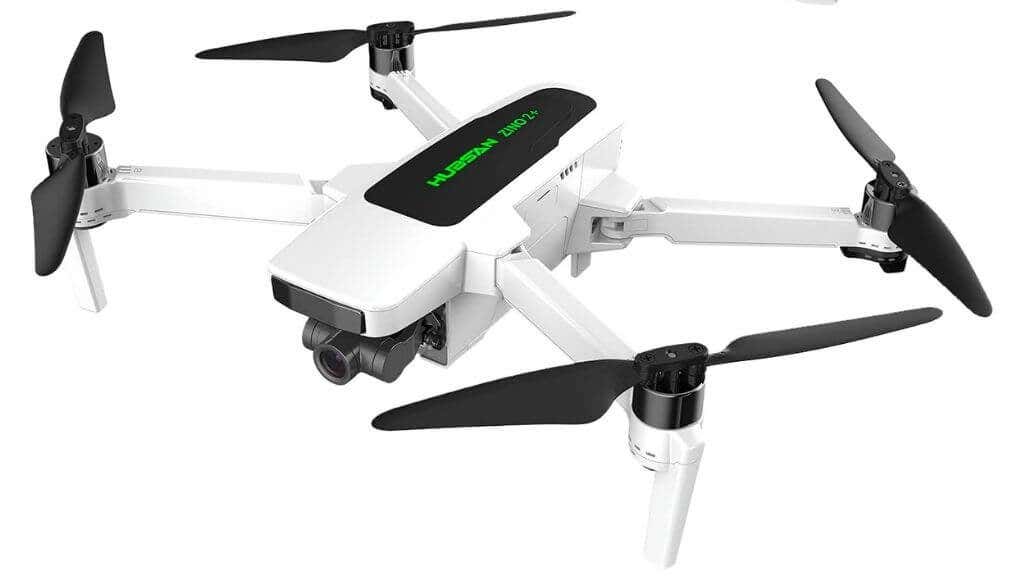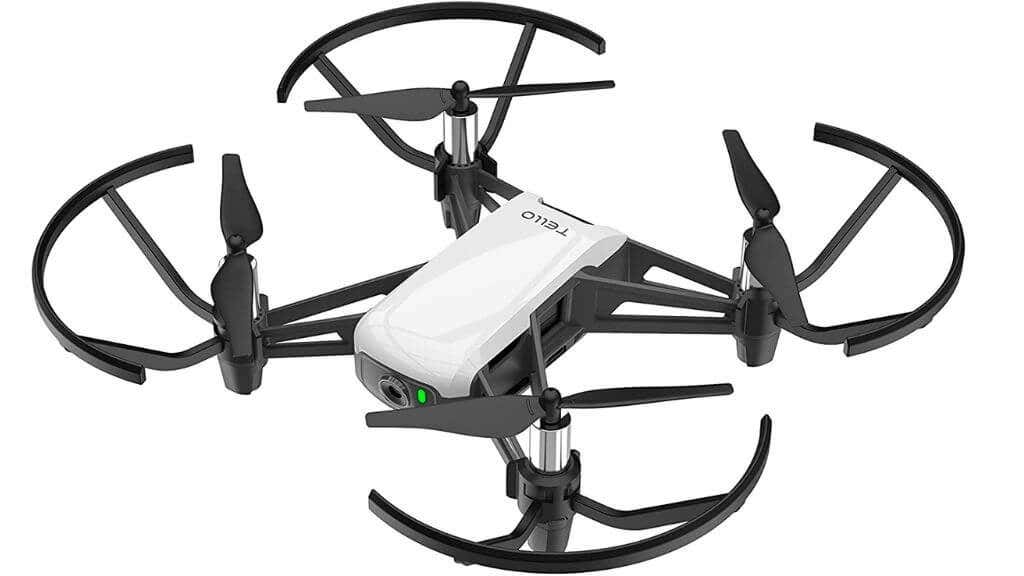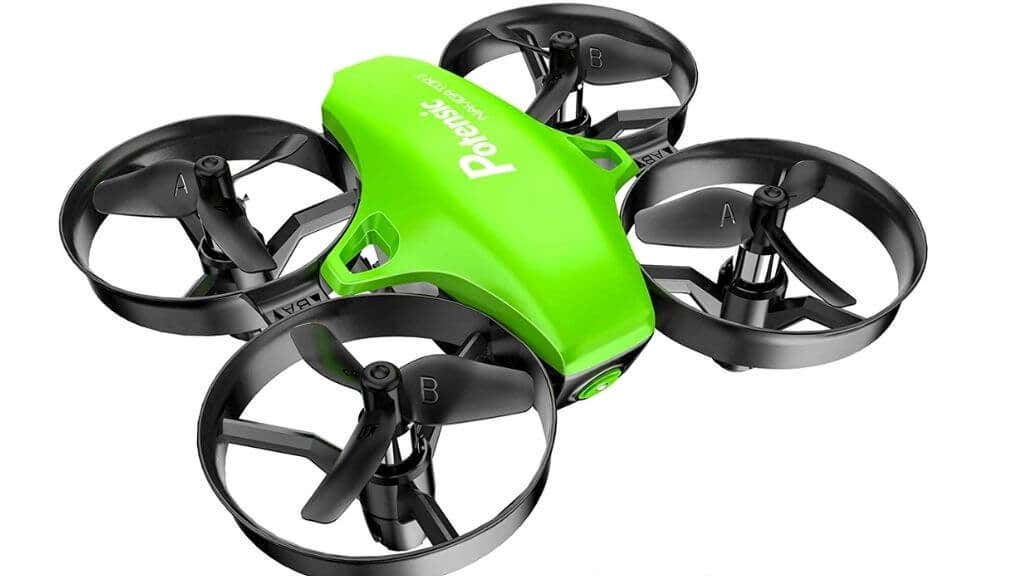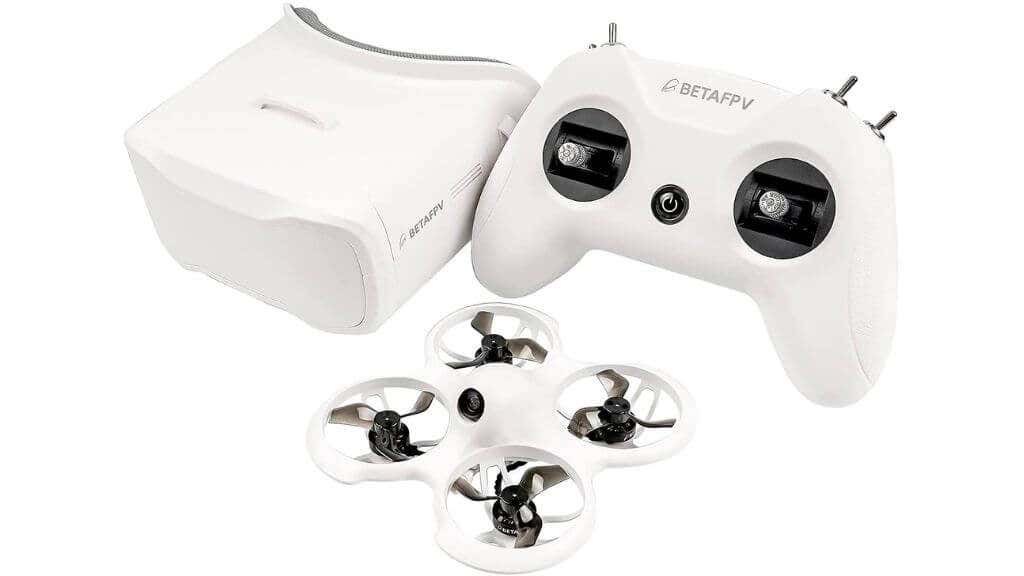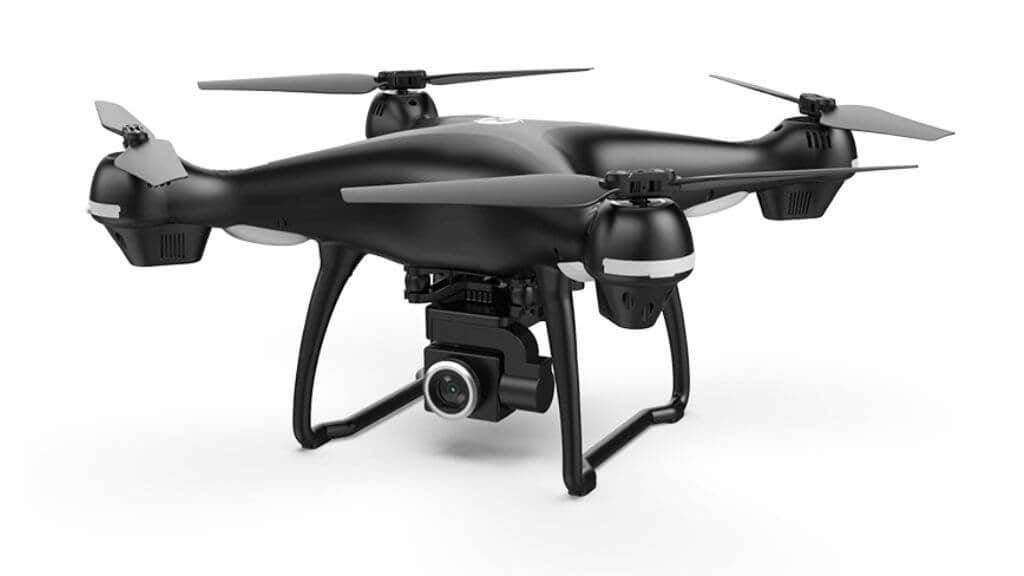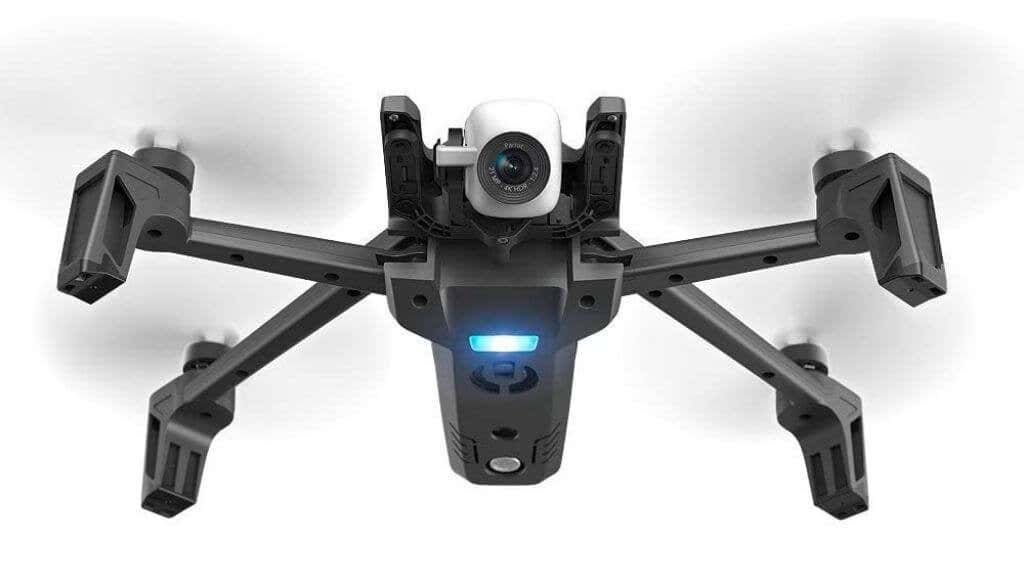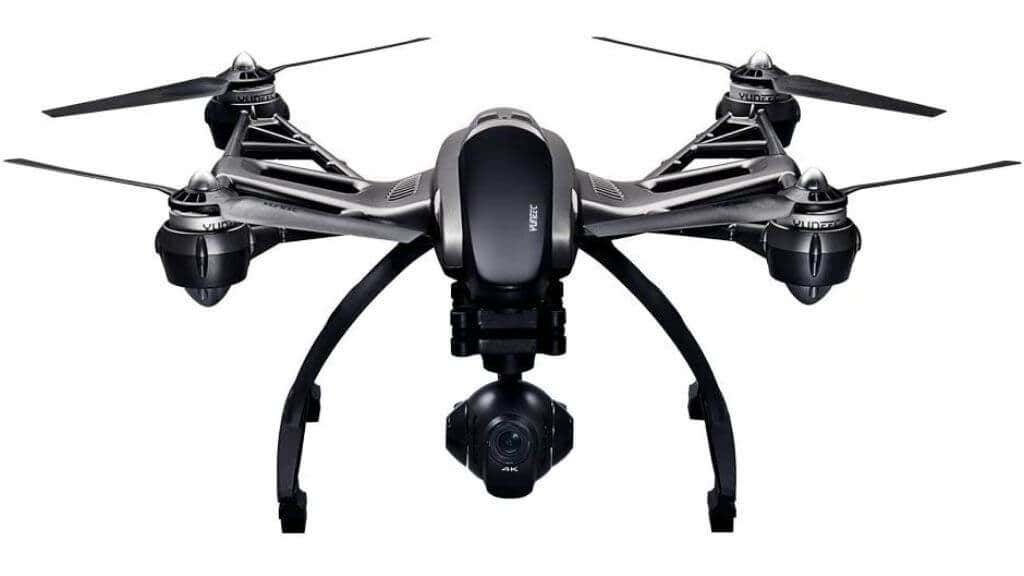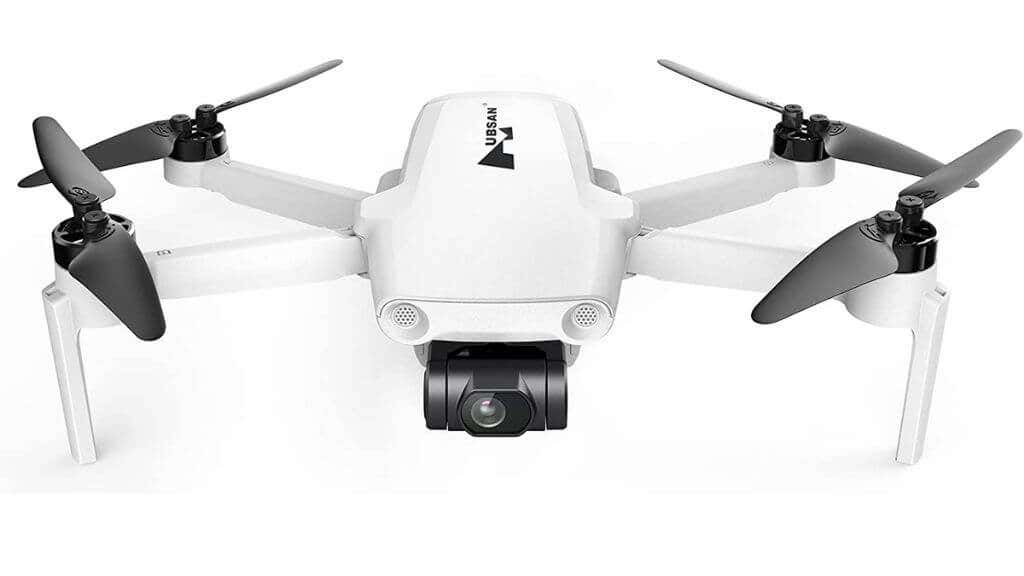Plus what to look for in a drone
Drones are now a common sight everywhere you go. Drone pilots use them for all conceivable purposes, from filming action sports to fishing or taking amazing selfies. Years prior, you’d have to spend at least $1000 to get a decent drone like the DJI Mavic 2 or Mavic Air 2, but these days you can get serious hardware for $500 or less.
We’ve pulled together a list of the best drones you can buy for under $500 in various categories. We think you’ll be surprised how affordable owning a good drone has become, and you don’t have to spend hours on Amazon trying to find them!
What to Look For in a Drone
Drones are designed with different jobs in mind, so a big factor in what you should look for in a drone is what job you’d like it to do. There’s no such thing as a drone that’s great at everything, so it’s more important to find one that’s good at what you need it to do, and it can be just okay at everything else.
Camera Considerations
Most people who want a drone are specifically looking for a camera drone, making camera quality an essential part of the equation. If possible, it’s a good idea to get a UHD 4K camera drone, but it’s not crucial. Most people still don’t have 4K TVs, and 4K video is wasted on small mobile devices.
However, apart from future-proofing your drone, a little 4K footage essentially gives you up to 4x zooming capacity in post-production if you’re outputting to 1080p HD video without losing any image quality. At this point, 720p HD footage is essentially obsolete, even for casual social media use.
You’ll also want the camera to be stabilized. In most cases, this will be a combination of mechanical stabilization with a 3-axis gimbal or 2-axis gimbal and software-based electronic image stabilization (EIS). Some drones, such as racing drones, don’t have a gimbal and rely on EIS alone.
Flight Endurance
Flight time is a key concern. After all, you can’t go very far or get long stretches of footage if you need to land and swap batteries every five minutes. As of 2022, 30 minutes of flight time is the gold standard, with long-range flight endurance locked away at the top of the drone market. Intelligent flight modes can help conserve battery power depending on what type of photo or video work you’re doing.
How Many Rotors?
Almost all drones are quadcopters in this price range, but hexacopter and octocopter models are coming down in price over time. For now, this budget excluded adding more motors and rotors but going ahead with the extra speed, lift capacity, and redundancy of multirotor drones beyond the classic quadcopter design will be more common.
Should You Choose a Foldable Drone?
Finally, we are now in the age of foldable drones. These drones are prevalent, small, lightweight, and easy to take everywhere. The main downside to foldable drones is that they can cost more because they are more complex and, of course, the more moving parts you add to any machine, the more points of failure you introduce.
Drone Licensing
The last thing you need to be aware of is that when flying drones, you’ll probably need an FAA permit or license to fly a camera drone or its local equivalent, depending on the country or region you live in. It’s always your responsibility to know the legal requirements of drone ownership where you live!
1. Best Camera Drone Under $500: DJI Mini 2
Features:
- 4K 30 FPS Capable
- Foldable
- High wind-resistance
- Ocusync Transmission Technology
The DJI Mini 2 fixes every complaint about the first Mavic Mini. DJI has overhauled this tiny wonder to give it significantly more wind resistance and slightly better battery life than the original.
The primary camera records 4K, although you’re limited to 24, 25, or 30 frames per second at the highest resolution. The Mini 2 has significantly better wind resistance, with level 5 resistance to winds up to 10.5 m/s.
Perhaps the most significant upgrade is a shift away from WiFi for video transmission in favor of DJI’s unique Ocusync technology. This means you never have to worry about a break in the real-time live video signal or leaving the control range in most circumstances.
The Mini 2 is honestly as close as you’re going to get to premium drones like the Air 2 at this price and this size. Its biggest drawback is a lack of obstacle avoidance. Unlike DJI’s more expensive drones, the Mini 2 doesn’t have the sensors required to stop it from flying into a tree or wall.
Given the budget and weight target, this isn’t too surprising. However, it does mean you have to be extra vigilant. You also don’t have features like Active Track or “follow me,” which were present in the older budget DJI Spark drones.
The final reason the Mini 2 gets the nod as our top choice comes down to software. This counts for every other DJI drone in the list below, but DJI’s mobile apps and software are simply rock-solid and easy to use. Planning out a flight path and setting waypoints is easy. Advanced features are easy to access, and tutorial videos are available that teach you everything from flying to getting better shots.
2. Best Bang for Buck: DJI Mavic Mini Fly More Combo
Features
- Includes Numerous Accessories (Batteries, Propellers)
- Foldable
- 2.7K Camera
This is the original Mavic Mini that cheekily sidestepped the laws requiring drones that weigh more than 250g require licensing. Although this DJI drone is a dinky 249g in flight, it’s very much a serious drone and not a toy.
The 2.7K camera produces excellent footage better than a standard HD camera. The drone can fly in light to moderate winds and very usable ranges. You should note that the Mavic Mini is no longer in production, so this is very much a case of “while stocks last.” It’s why this “Fly More” combo is available for such a great price.
If you’re looking to just buy a barebones drone with a single battery and no accessories, we can’t recommend the Mavic Mini. Instead, you should look at the DJI Mini 2 or Mini SE, both of which we’ve covered here.
However, as a Fly More package, DJI’s first-generation Mini offers a heck of a lot for less than $500. You get a carry case, spare rotors, two extra batteries, a triple battery charger, and an indoor flight safety cage.
The Mini’s main problem has always been using WiFi instead of DJI’s superlative OcuSync for video transmission. Still, as long as you’re conservative about how far out you fly, it’s no issue. In most countries, you aren’t allowed to pass beyond where you can see the drone with the naked eye anyway!
3. Best Budget Camera Drone: DJI Mini SE
Features
- Mavic Mini Internals
- Better Wind Resistance
- $200 less than the Mini 2
- Compatible with Mini 2 Batteries
The DJI Mini SE is a curious product, but it makes sense when you understand precisely what you’re getting for the money. Since the original Mavic Mini is out of production and stock will be depleted at some point, it makes sense to have a more affordable Mini-class drone to fill that gap. The Mini SE is significantly cheaper than the Mini 2, but don’t let that fool you.
Internally, for the most part, the Mini SE has the same hardware as the first-generation Mavic. The same processing power and camera system. So you’re getting a 2.7K camera with the duplicate quality footage as the original model.
However, the SE does have essential upgrades over the original Mavic Mini. Specifically, it uses the same more powerful yet lighter batteries as the Mini 2. This means that you can be sure of battery availability, and if you ever upgrade to the Mini 2, your batteries will work.
DJI has also given the SE a shell similar to the Mini 2 and increased the wind resistance of the SE compared to the Mavic Mini. Sadly, you’re still stuck with WiFi image transmission, but otherwise, this is an excellent drone for a great price.
4. Best Camera: Hubsan Zino 2 Plus
Features
- Mavic 2s-like specs (but no obstacle sensors)
- Fantastic Sony image sensor
- 33-minute flight endurance
DJI is undoubtedly dominating the drone industry right now, but there’s no shortage of capable drone makers gunning for the crown. Hubsan is probably best-known for making great toy drones, but the Zino 2 Plus is anything but a toy drone.
Coming in a mere dollar under our budget here, the Zino 2 Plus offers 4K footage capability and a solid 33-minute flight endurance rating. This puts the Zino 2 Plus in direct competition with $1000 drones like the Mavic Air 2s.
One significant difference between the Zino 2 Plus and the Air 2S is that there’s no obstacle avoidance on the Hubsan. You’ll have to be careful when flying the Hubsan, but the Ambrella H22 processor and Sony image sensor mean that you’ll get great low-light results and footage comparable to drones at twice the cost. If your main priority is image quality and fundamental flight specifications, the Zino 2 Plus is a fantastic option at this price point.
5. Best Educational Drone: Ryze Tello
Features
- Rock-bottom price
- 720p HD camera
- Programmable
- DJI software technology
These days you’ll often hear that one of the essential skills to learn is programming and coding. The Ryze Tello was designed, at least partly, as an affordable education platform.
It has pretty powerful onboard processing hardware, especially when it comes to intelligent image processing. This is a Ryze Robotics drone, but it has technology from DJI to give it flight capabilities beyond what its affordable hardware can usually achieve.
The camera is also low-specification, with a maximum resolution of 720p. However, with enhanced image processing and built-in EIS, the Tello can take good footage, despite not having a gimbal.
One of the reasons the Tello is so affordable is that it doesn’t come with a dedicated controller, but you can purchase one later. Flight control is performed using your smartphone, or you can pre-program flight behavior.
Whether all you want is a good affordable selfie drone or you want to start a career in coding or robotics, the Tello is a unique and impressive solution.
6. Best Mini Toy Drone: Potensic A20 Mini (Upgraded )
Features
- Tiny drone
- Perfect for manual flight practice
- Includes three batteries in total
It used to be that if anyone asked us for a toy drone recommendation, we’d suggest the Hubsan 111 nano drones or the Cheerson CX10. Sadly, these tiny nano drones are no longer for sale, so a new toy drone has to take the throne.
Although the Potensic A20 Mini is more significant than a nano-class drone, we think it’s the go-to recommendation for anyone who wants to learn manual drone flight or just wants a zippy little drone to keep you entertained for a few minutes.
This mini drone does have quite a few advantages over those old nano drones. For one thing, you get three batteries included with the drone, whereas nano drones tended to have batteries that you could not remove. So you don’t have to let a low battery put a damper on your fun.
There’s also an automated takeoff, landing, and hover function. For users who can’t get the hang of absolute directions, there’s also a headless mode, where the drone moves relative to the transmitter’s position.
Whether you’re buying the drone for a child or yourself, it promises to be a smooth learning curve. The only downside is that the A20 doesn’t have a function to do flips, unlike other drones in this class.
7. Best Budget Beginner FPV Drone Kit: BetaFPV Cetus Pro FPV Drone Kit
Features
- The cheapest FPV kit we could find
- Brushless motors
- Several crash safety features
FPV (First-person View) drone flight is becoming more popular these days. With these drones, you wear a set of video goggles and feel like you’re out there flying through the air.
FPV drones don’t need a gimbal. You don’t want the image-stabilized as the drone pitches and rolls. Some gimbal drones, including those from DJI, offer an FPV mode where the roll axis of the gimbal is locked.
The Cetus Pro FPV is one of the cheapest FPV kits we’ve seen, yet based on customer feedback, it’s also a good FPV drone in its own right. This Pro model offers a drone with brushless motors, preferable to the non-Pro kit, which has brushed motors. Brushless motors perform better and last much longer.
You can fly around for 4-5 minutes at a time and, thanks to an auto-shutdown function during a crash as well as integrated rotor guards, we think you can probably put the Cetus through a lot of punishment.
8. Best RTF Racing Drone Under $500: ARRIS X-Speed 280 V2
Features
- Ready to fly, no assembly
- Fast, durable, and affordable racing
Drone racing is a growing sport, with leagues and even prize money emerging as people recognize how exciting it can be. Getting into drone racing used to mean that you had to build your drone from scratch.
Luckily, it’s now possible to buy an RTF (Ready To Fly) racing drone like this Arris X-Speed. You still need to buy a set of video goggles and a charger to fly, but it’s way less complicated than building the drone itself. It’s normal for racing drone and RC flight hobbyists to have a balance charger to manage charging in a safe way and handle the batteries from multiple aircraft.
The Arris is an excellent combination of power and price. If you’ve never flown a racing drone before, you may be surprised at how much speed, power, and maneuverability these machines have. Unfortunately, you don’t have the benefit of GPS hover or anything else to stop your drone from smashing into things. It’s just you and a powerful machine.
The Arris is a great drone to start your racing career, but we don’t recommend it as your first drone. If you want to learn manual flight first, something like the A20 Mini is an excellent place to start.
9. Best Beginner Camera Drone: Holy Stone HS100
Features
- 2K Camera
- GPS module
- Headless flight control
When DJI and Parrot released their first camera drones, it was hard to imagine that there would ever be something like a sub-$200 camera drone with a GPS module and shooting 2K video. Yet, the HS100 from Holy Stone is a GPS drone that can do all of those things, and it usually sells for around $180. That’s mind-blowing in isolation, but these days there’s intense competition in its price bracket. So it also needs to be good, not just have a list of good features on paper.
The good news is that the Phantom-inspired HS100 is indeed a very competent drone and one we think is particularly good for beginners. There are a few reasons why you might want to buy the HS100 as your very first drone. The most important is that the prospect of crashing a $180 drone is much less anxiety-inducing than crashing a $1000 or even $500 drone.
That aside, the HS100 offers the headless operation, altitude hold, GPS hovering, and auto return to home. Wait a moment, the DJI Mini SE has similar beginner-friendly features, and it’s “only” $120 more expensive.
This is true, the SE isn’t a bad option as a beginner drone at all, but its small size can make it harder to fly. The HS100 is a 700g drone, compared to the Mini’s 249g. That makes it more predictable and, in our opinion, suitable for absolute first-time users. Also, again, you can almost buy two HS100s for the price of a Mini SE.
10. Best for Getting New Angles: Parrot Anafi Extended
Features
- Unique upwards shooting gimbal
- 4K HDR Camera
- Extra batteries and SD card included in Extended package
Parrot is one of the first camera drone pioneers, with their classic AR drone. It was a product that would be laughable by today’s standards, but it showed us the future of personal camera drones. The likes of DJI eventually outdid parrot, but they are still in the drone business. Not only that, but the Anafi does something that no other consumer drone can: it looks up!
While we usually think of drone camera angles as anything from low to the ground to up in the sky looking down, the Anafi makes it possible to fly under things and film them from below. This opens up so many creative possibilities, not to mention allowing for drone improvised drone-based inspection that’s not possible with a standard gimbal.
This doesn’t mean much if the camera is not good, but the Anafi’s 4K HDR camera shoots excellent footage, and this foldable drone has 25-minutes of flight endurance. Even better, this Extended package comes with extra batteries, an SD card, a spare remote, and controllers.
It’s crazy value for money and a considerable discount compared to the launch price for this package. The sad truth is that, although the Anafi is a perfect drone even at the original price, it hasn’t sold all that well. The good news for us as consumers is that you can buy a drone for less than $500 which shouldn’t be possible at that price. The downside is that there’s no telling how long Parrot will support the Anafi or even how long the company will be around.
11. Yesterday’s Flagship: Yuneec Q500 4K Typhoon
Features
- Dedicated ground station
- High-quality optics
You should know that the Q500 4K Typhoon is a drone from 2015 that launched for $1500. Since then, it has received successive price cuts and sits comfortably within our budget limit.
The downside is that Yuneec no longer makes the Q500, so that’s it when the existing stock sells out. You also won’t get any more firmware upgrades, barring if any critical bugs come to light at some point. On the bright side, it also means this is the most stable and bug-free state this drone has ever been in.
Despite being seven years old, a lot of the technology in the Q500 is still better than what you’d get in a modern $500 drone. Its camera still takes fantastic high-quality footage, thanks to the sheer size and quality of the optics.
You also get a professional-grade ground station (remote control) that doesn’t require a smartphone, so you’ll never have to worry about app support to keep using your phone. People are still flying their Q500 drones today. If you want something with a little more heft and quality for aerial photography and videography, this is a serious contender in the sub-$500 budget segment.
12. A Smarter Mini?: Upgraded Hubsan Zino Mini SE
Features
- Advanced AI flight features
- 6KM transmission range
- Significantly cheaper than Mini 2
Let’s not pretend that Hubsan isn’t directly ripping off the DJI Mini family of drones here. They even named this Zinio drone the Mini SE. However, rather than being a direct competitor for the DJI Mini SE, the Zinio Mini SE is a drone with Mini 2 specs, priced between the DJI Mini SE and Mini 2.
You get two batteries, a 6KM transmission range, a long list of fancy AI-powered flight modes, active tracking, a bag, and more. It does seem like a much better deal than the Mini 2, although Ocusync is still the industry leader, and of course, it helps to have the aftermarket support that DJI is known for.
Since Hubsan is the underdog here, they’re also trying some cutting-edge features here, such as the drone’s ability to identify its landing pad and landing in its center precisely. We also recommend that you check out comparative footage of the DJI Mini 2 and the Zino Mini SE and decide for yourself whether the Mini 2 is worth the small additional bump in price. Remember that you get more accessories in this pack than the barebones Mini 2.
Is Spending More Than $500 Worth It?
There are undoubtedly many fantastic drones to be had for under $500, but if you decide to spend more money, what are you going to get? Drone technology is constantly in flux, and many of the features we see here in these sub-$500 drones were only available in much more expensive products before.
This means that if you stick to this budget segment, then those high-end features will eventually trickle down into future drones. The features in question are mainly much better camera technology, a better flying experience, and intelligent obstacle avoidance.
More expensive drones also tend to have additional autonomy and are easier to fly. It might seem counterintuitive, but if you spend more, you’ll tend to get a drone that requires less skill and learning to operate. However, the $500 drone segment now has all of the essential features you need to make great content or have a fantastic flight experience for most people.
Sydney Butler is a social scientist and technology fanatic who tries to understand how people and technology coexist. He has two decades of experience as a freelance computer technician and more than a decade as a technologies researcher and instructor. Sydney has been a professional technology writer for more than five years and covers topics such as VR, Gaming, Cyber security and Transhumanism. Read Sydney's Full Bio


